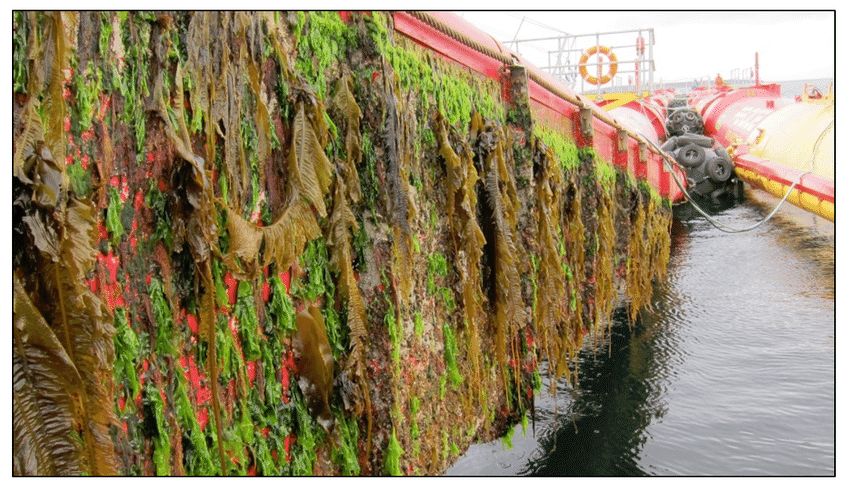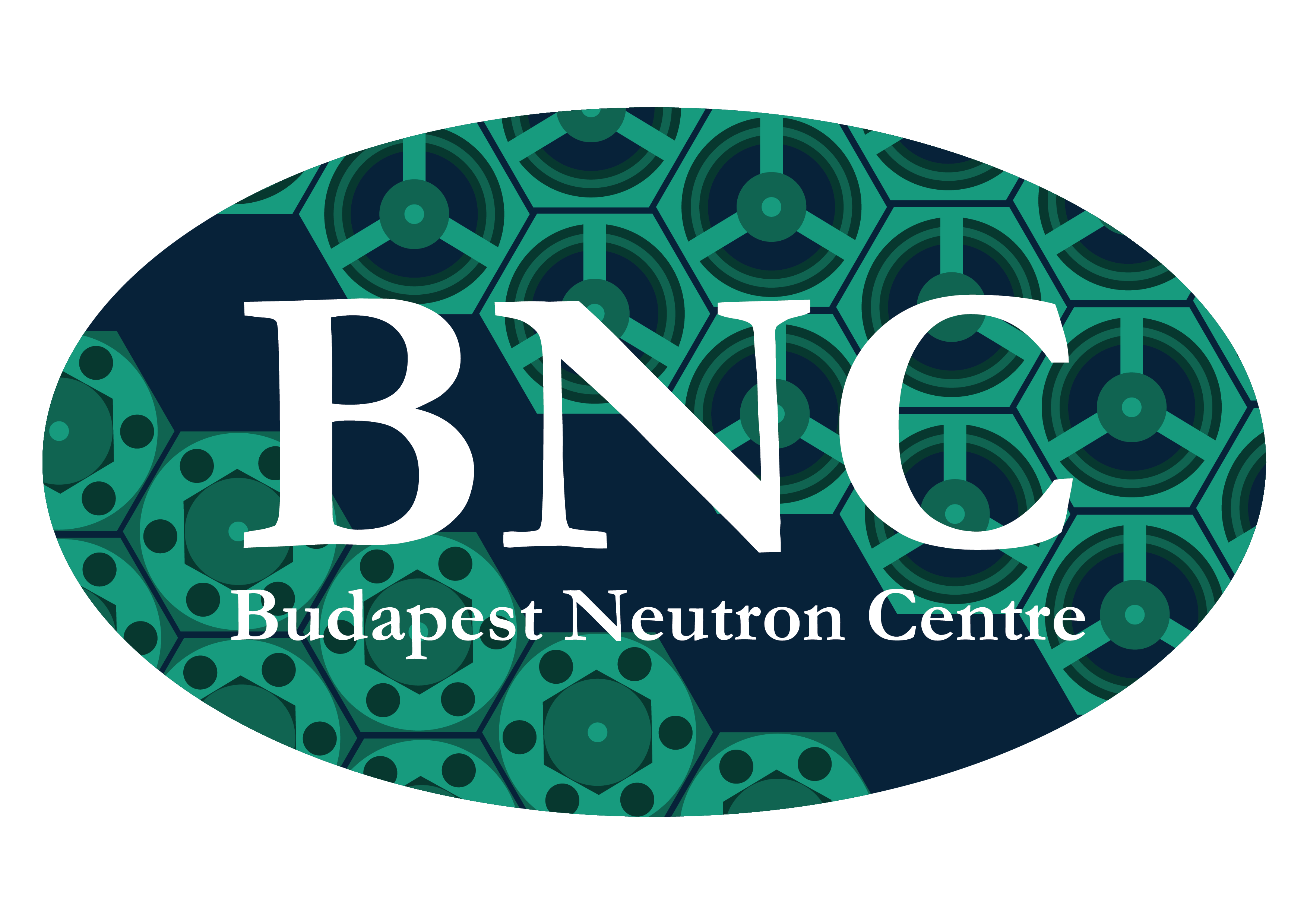BNC seminar on 'anti-fouling'
Béla Nagy, Jing Jin and Thomas Ederth, IFM, Division of Molecular Physics, Linköping University, SE-581 83 Linköping, Sweden
(E-mail: bela.nagy@liu.se)
Neutron reflectometry studies of strongly hydrophilic polymer coatings
 |
The accumulation of undesired biomaterials onto surfaces (‘biofouling’) is a problem in both industry and healthcare[1]. One of three main paths in marine 'anti-fouling' involves hydrophilic materials that bind water strongly[2]. This hinders the foulant from attaching, since the bound water must be removed first. This strategy aligns well with the requirements for biomedical, as well as several food and pharmaceutical applications, were other approaches, such as the use of toxins, are not applicable. Thus, exploration of this strategy is of broad and general interest in anti-fouling research. Poly(ethylene glycol) (PEG) is currently the gold standard of such coatings, despite its shortcomings in environmental stability[3]. Materials combining the functionality of PEG and the stability of poly(methyl methacrylate) |
|
were intensively studied and thin films made from 1:1 mixtures of 2-hydroxethyl methacrylate and oligo(ethylene glycol) methacrylate were tested in anti-fouling assays. The assays showed an unexpected optimum film thickness, in both the anti-fouling performance and hydration, without an obvious explanation[4]. Other examples of such coatings are zwitterionic polymers that have both anionic and cationic functional groups. They bind water strongly through polar interactions, but their zero net charge means they do not participate in Coulomb interactions with foulants. To bypass the difficulties arising from the synthesis of zwitterionic monomers, co-polymers of oppositely charged monomers, also referred to as pseudo-zwitterionic co-polymers, are explored and used as model systems.
|
|
| [1] Callow, M. E. and Callow, J. A. Biologist, 49(1), 1-5, (2002) [2] Banerjee, I. et al., Adv. Mater., 23, 690–718, (2011) [3] Branch, D.et al., Biomaterials, 22(10), 1035–1047, (2001) |
[4] Yandi, W.et al., ACS Appl. Mater. Interfaces 6(14), 11448–11458., (2014) [5] Tai, F. I. et al., Soft matter, 10(32), 5955–5964, (2014) |
